THE GENIE IN THE BOTTLE. – Miguel Ángel Aguirre Borgallo
The book I am going to tell you about today is called “THE GENIE IN THE BOTTLE. A story that uncovers the secret of good wine”. The author is MIGUEL ÁNGEL AGUIRRE BORGALLO, published by “Lo Que No Existe”, 1st edition July 2013.
This is a panegyric dedicated to María, which is both the name of a wine and the person who bestows it. María del Yerro is the founder, together with her husband Javier Alonso, of Viñedos Alonso del Yerro, a winery and land located in Roa, in the Ribera del Duero denomination of origin. “To Javier and María, the genies who inspired this work”, reads the dedication.
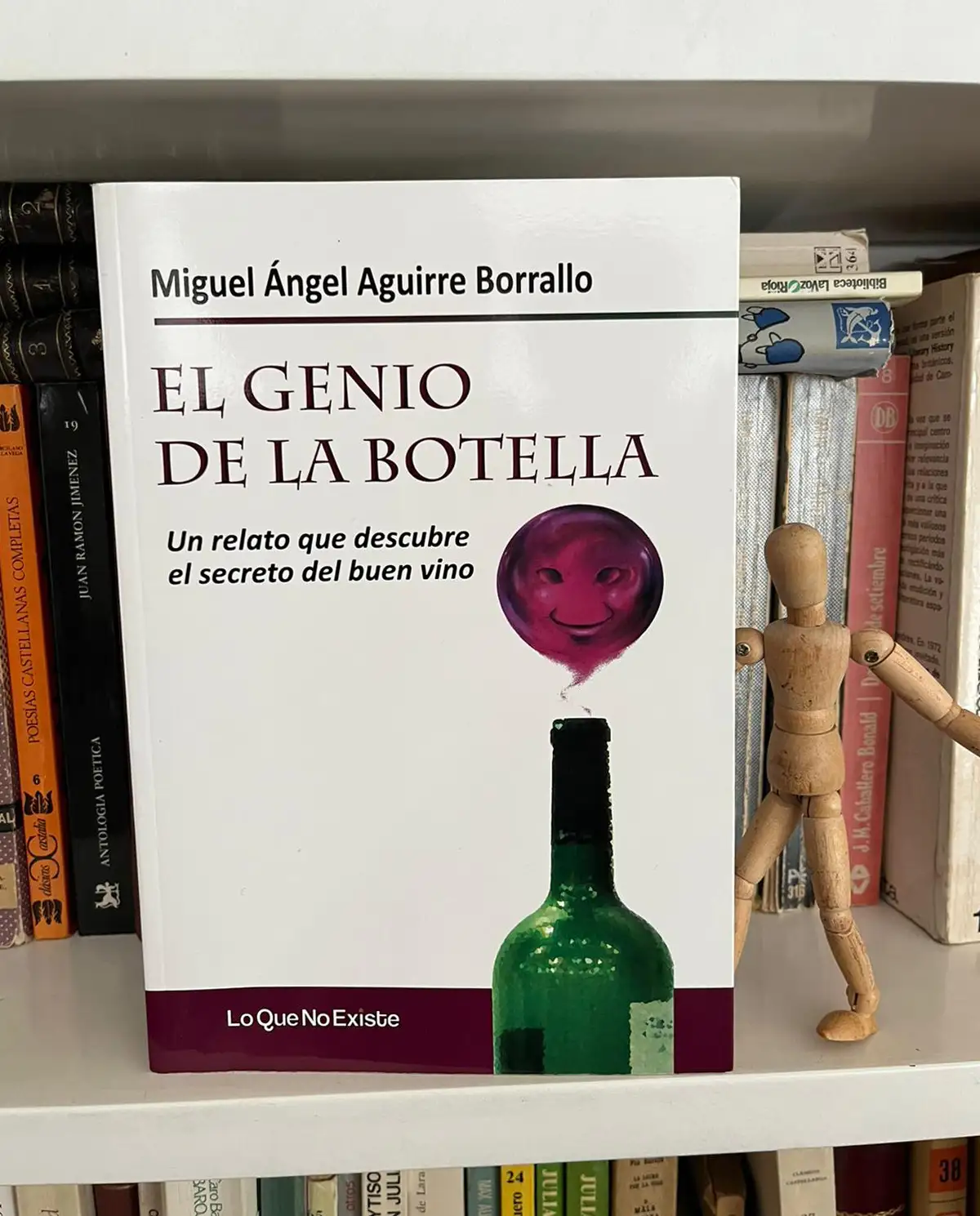
I know them from the time when they lived in Logroño and worked at Bodegas Samaniego, an occupation they abandoned to take a chance on the adventure of a strictly family winery. Very similar to our, mutatis mutandis, Laventura (“Quien no se aventura no ha ventura”). Not only do I know them, but I have also been able to enjoy their hospitality and generosity both at their homes here and there. Thus, that they deserve a 189-page book comes as no surprise to me.
As to their project, we can rely on the explanation given by María herself. In truth, she could also have been included in the book “Tras las viñas” (On the trail of vineyards), which we have discussed in previous issues, but only thirteen winemakers were chosen. In the book that now concerns us, she has a slight presence, but her words here come from another book that in the future will be worthy of its corresponding review, which is, “PALABRA DE VINO: El placer de una grata conversación hasta apurar la botella”, that is, WORD OF WINE: The pleasure of a pleasant conversation until the bottle -of wine, of course!- is empty, that the journalist MANUEL VILLANUEVA holds with a series of more or less famous or well-known personalities.
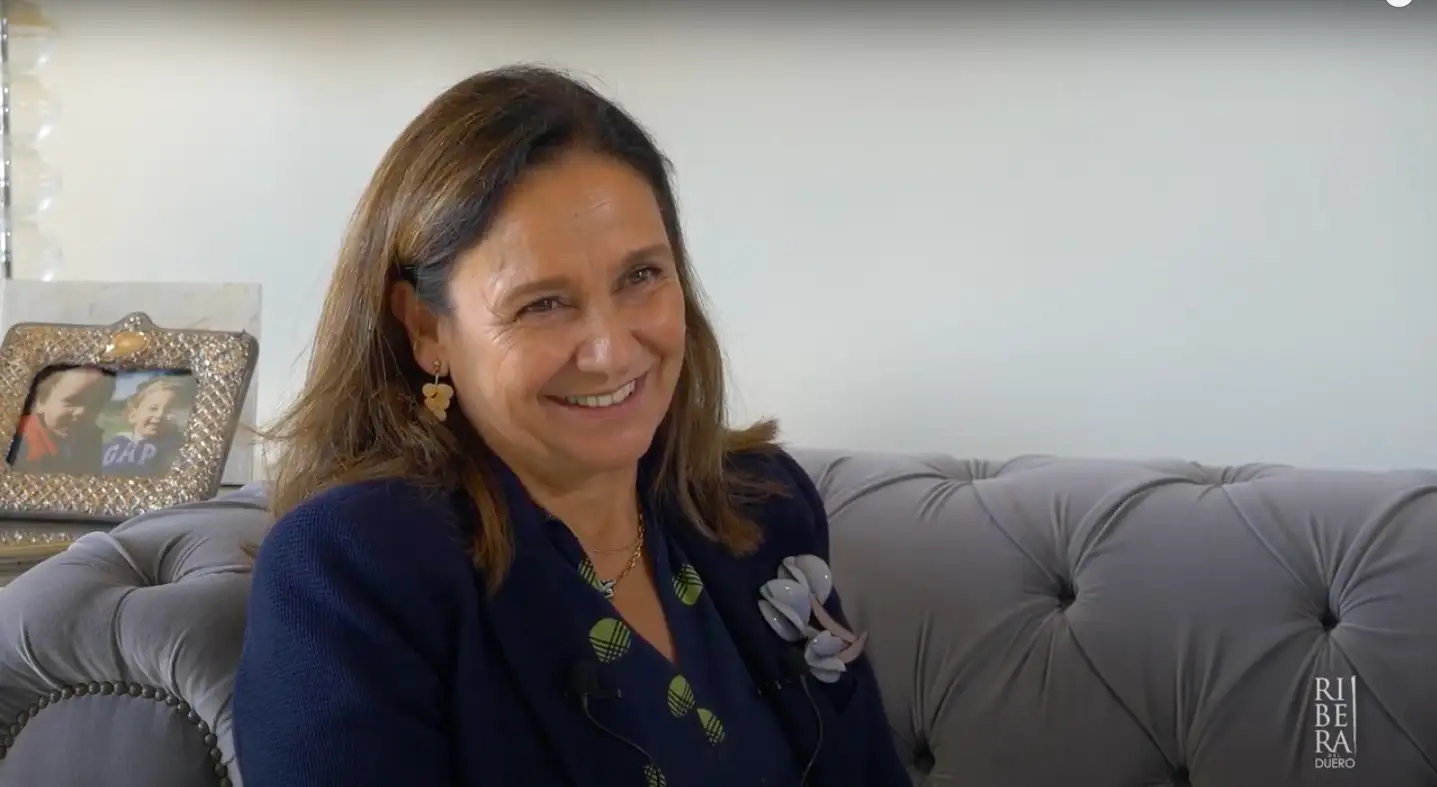
“We understand the winery and its activities as a development of the family environment”. This statement is the spiritual starting point that materialises with the birth of Viñedos Alonso del Yerro in 2002 through the acquisition of land near Roa de Duero. The vineyards will again be baptised with names that refer to their children. From the beginning, prestigious oenologists who share the family spirit – “wine is made in the vineyard” – were brought into the family circle: Gonzalo Iturriaga, Stéphane Derenoncourt, Lionel Gourgue….
Next came the construction of the winery and its adjoining house in the vineyards and then the expansion to Toro… However, “2011 was a particularly complicated year of crisis for us. I have no doubt that the stroke that Javier suffered the following year was a consequence of it”. This is the moment when María had to take the reins and show all the resilience and tenacity she has inside her. It was not luck, but foresight of the spirit, that she was then able to receive the invaluable support of her son Miguel, an agricultural engineer, who became the general manager of the project. Today, the project has become a consolidated project. Two thumbs up!
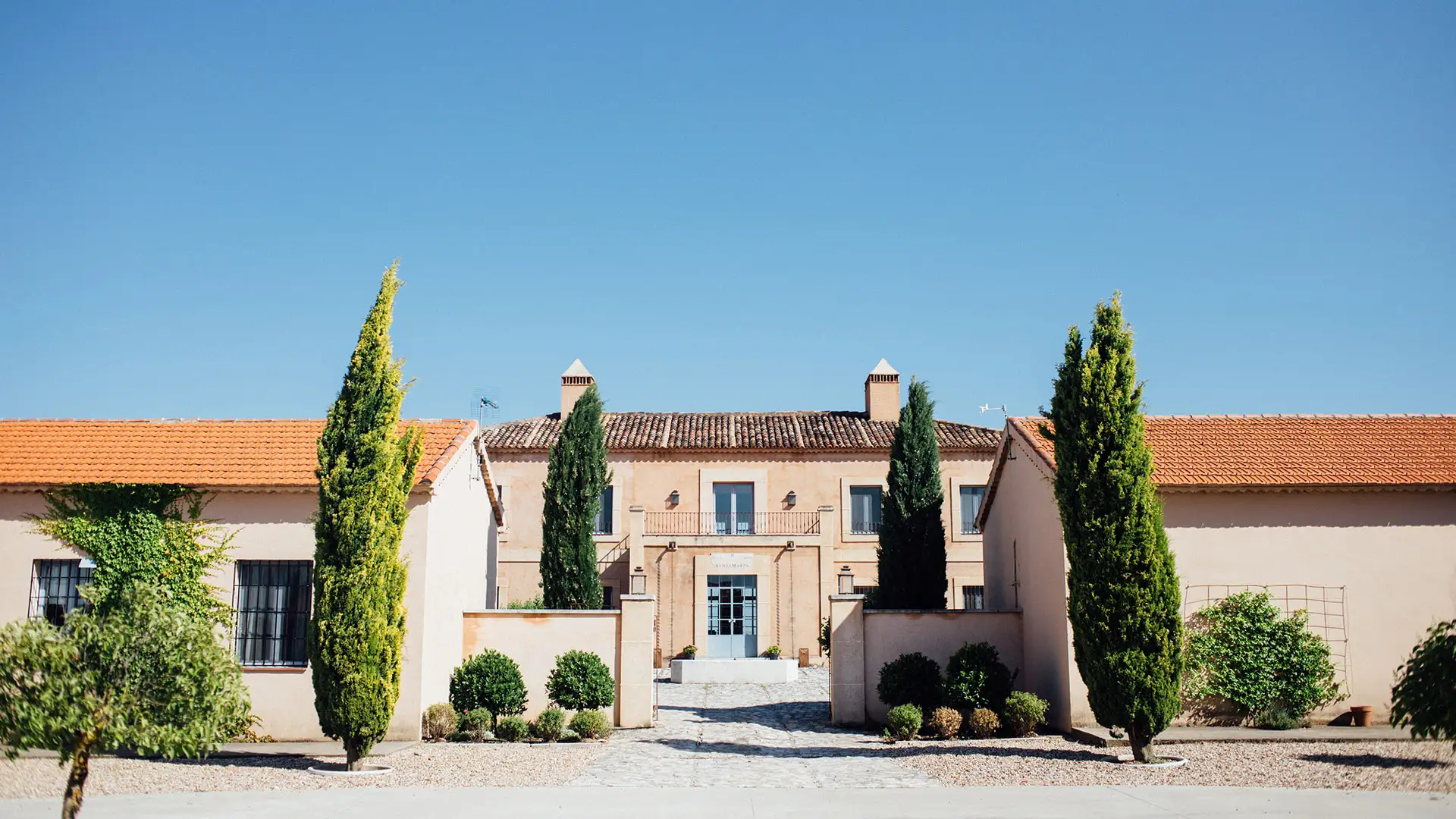
Let us return to the book before us. This is the fruit of the encounter between a genie, the wine genie Tempranillo, settled in a bottle of María 2006, and his lucky drinker, who happens to be a hopeful would-be writer. A hope that is fulfilled thanks to the help of Muse, of course, the genie of literature, conveniently stimulated by his cousin Tempranillo. The latter inspires the passion of wine, the former the art of transferring it to paper. Without narrative, nothing becomes history. And the story spreads through a thousand twists and turns, all of them related to the pleasure of wine, conversation, and friendship. Just reading it is enough to do us good; it is up to each reader, as well as each drinker, to appreciate the method and value the merits.
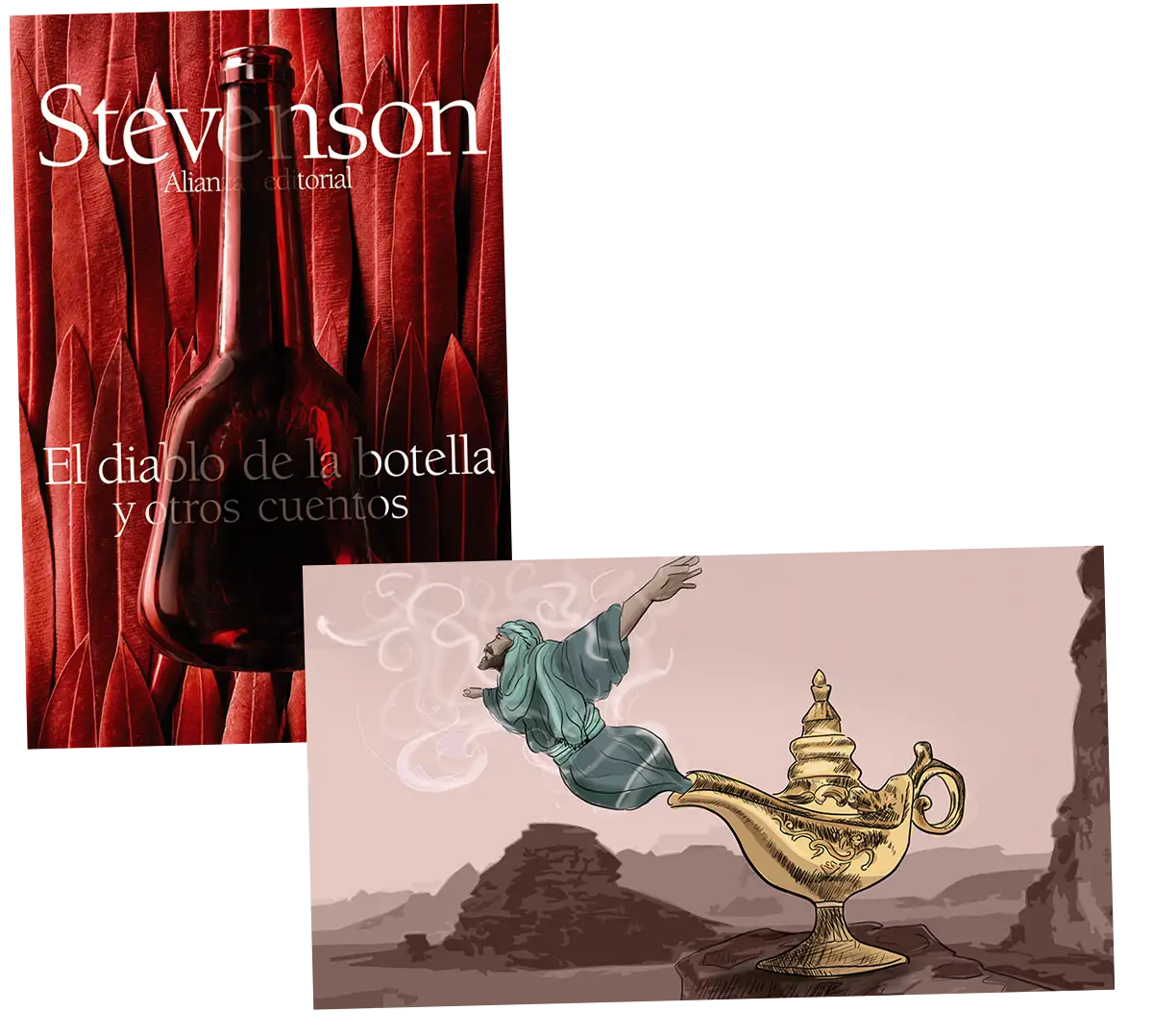
Here we are interested in what it teaches us about wine and in what ways it can enrich our conversation about it. Tempranillo, the genie, does not grant Aladdin wishes – nor does he offer sly temptations like “the devil in the bottle” -; he is something much greater, he is “a great storyteller”.
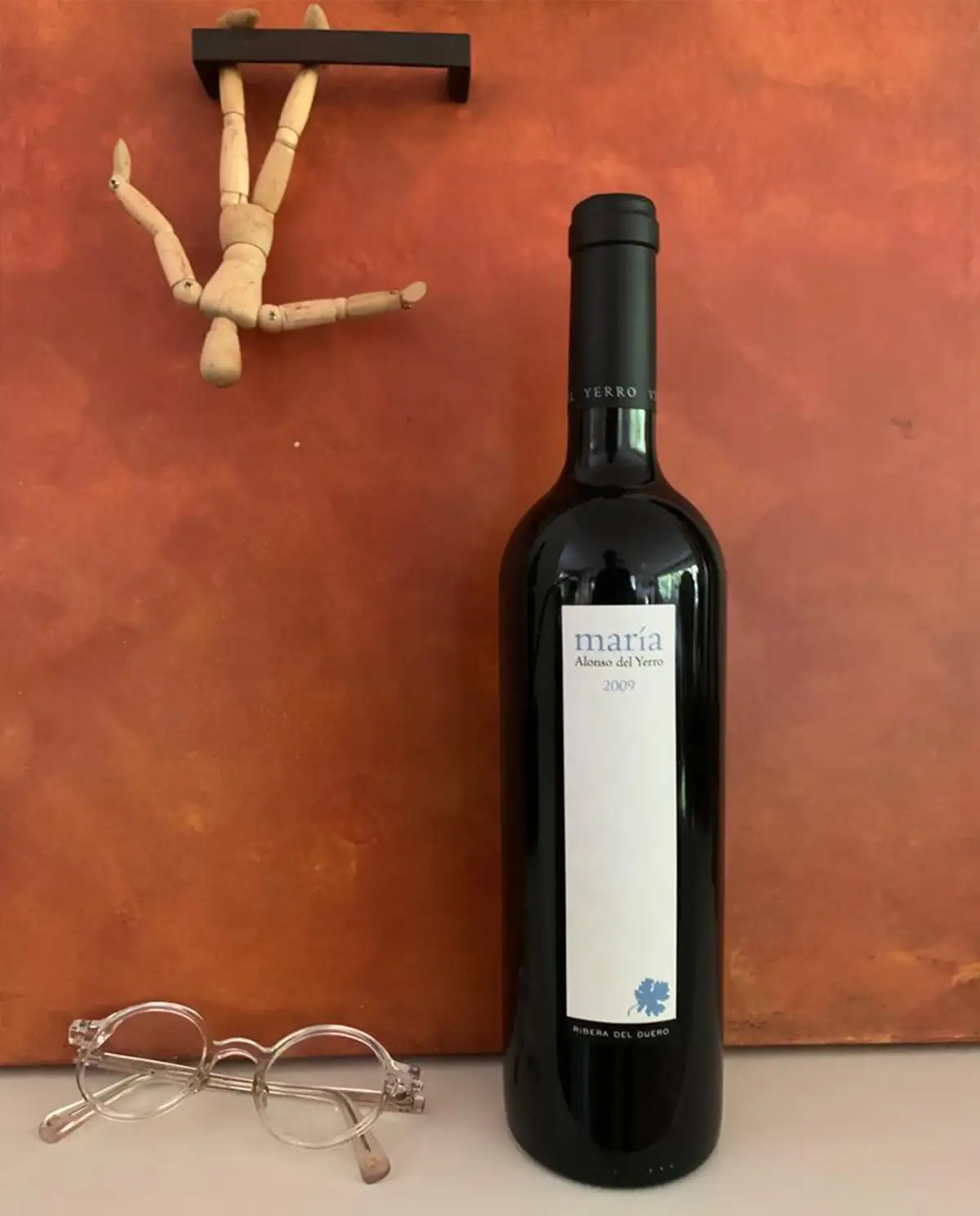
This genie has always been linked to the Ribera del Duero since his first work in the mosaic of Baños de Valdearados some 2,000 years ago.
(Let us digress for a moment: Baños de Valdearados is located in the part of Burgos that belongs to the Denomination of Origin Ribera del Duero. Whoever goes to the Roman Villa today to see the Mosaic of Bacchus, will see a replica made by high quality photographic printing on a paper-gel support, in a slightly darker tone than the original tesserae, as the original mosaic was looted in December 2011, the thieves taking, prior to its destruction, the main scene “The Triumph of Bacchus” and two minor hunting scenes depicting the gods Euros and Zephirus).

Our genie, by naturally ingenious methods, has been transferred, in step with the times, from one art to another, from one container to another, until it ended up in a succession of bottles, always filled with the best wine of its time. The last one of which the book gives an account is, of course, the above-mentioned María 2006. The second to last one he is proud of was a 1965 Vega Sicilia Único. (Perhaps the genie with all the hustle and bustle has lost his memory and does not remember that this bottle was a 1940 vintage, although bottled in 1965. The author of these lines was also able to benefit from it on a memorable occasion in 1978, of which he has an indelible memory, including the passage of time. It seems that Tempranillo also forgot to invite his cousin to the celebration).
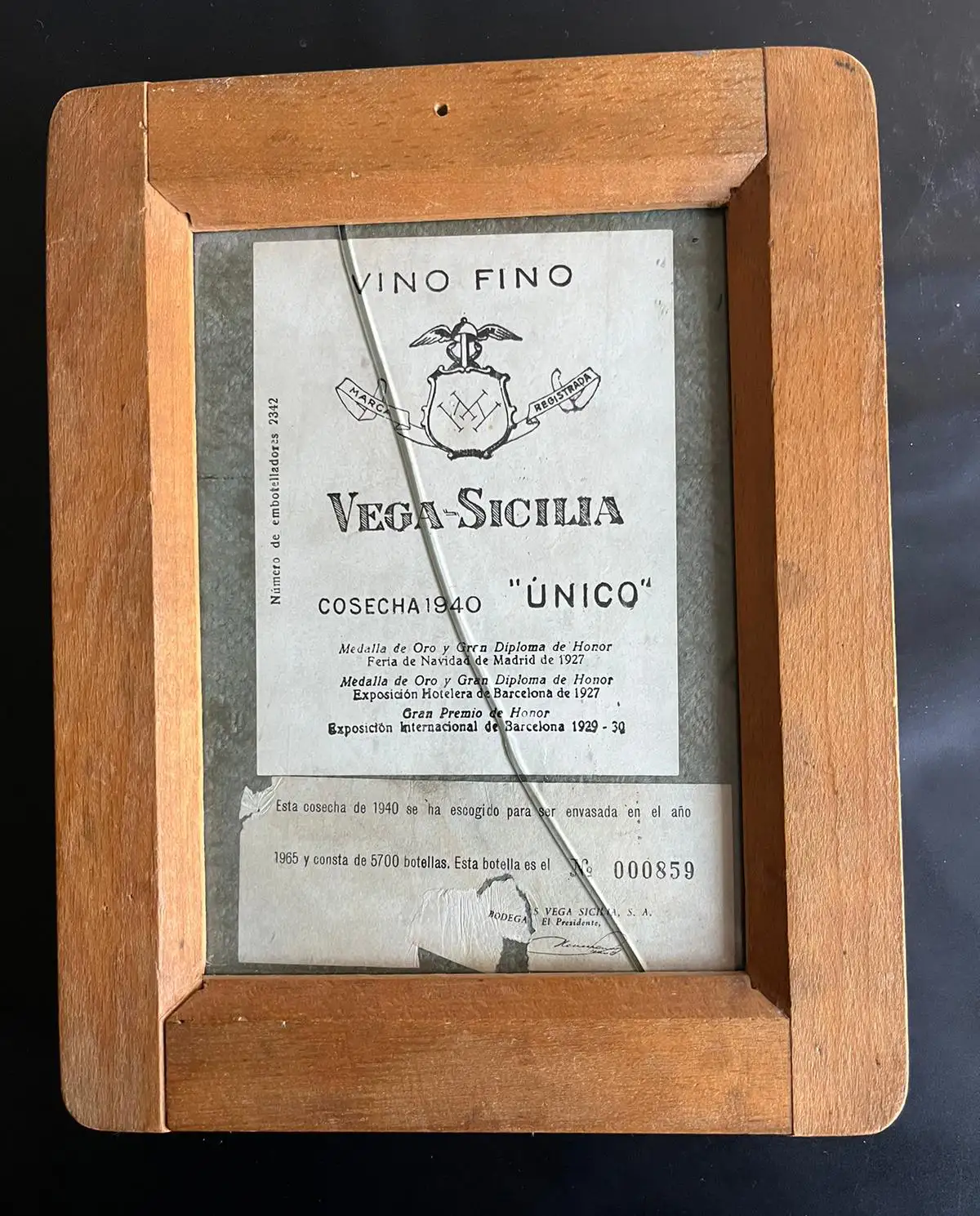
The elegiac tone of the endeavour leads us to read, without even raising an eyebrow, that such a connection on the part of the genie is because it is the best wine-growing region in the world. If we limit ourselves here to Spain, it is of course true that until not too many years ago, Ribera and Rioja disputed the honour of being the best wine region, at least as far as red wines were concerned. A debate in which quality was obviously identified with the peculiar tastes of each. Today, this dichotomy has been overcome -happily, at least for consumers-, due to the pressure of the regional institutions, which have defined their own internal wine markets in the heat of “what is ours”. This proximity market has led to a notable increase in the quality of wines in all of them. This means an increase in the biodiversity of vineyards and wines from which we all benefit.
Of course, there is a danger in this and that is that diversity can be used as a factor of identification and, as a consequence, of differentiation. In our book there is a bus discussion about whether the “tinta de Toro” grape is an autochthonous varietal of that area or whether it is a variant of the tempranillo grape because of its adaptation to that region, unique and therefore diverse (although surely not for much more than reasons of soil and climate). Such a discussion of enormous insignificance ended as regrettably as all debates of identity affirmation tend to end, giving the finger or flipping the bird, while the injured party got off the bus, as an apparently irrefutable argument of the reality of their difference.
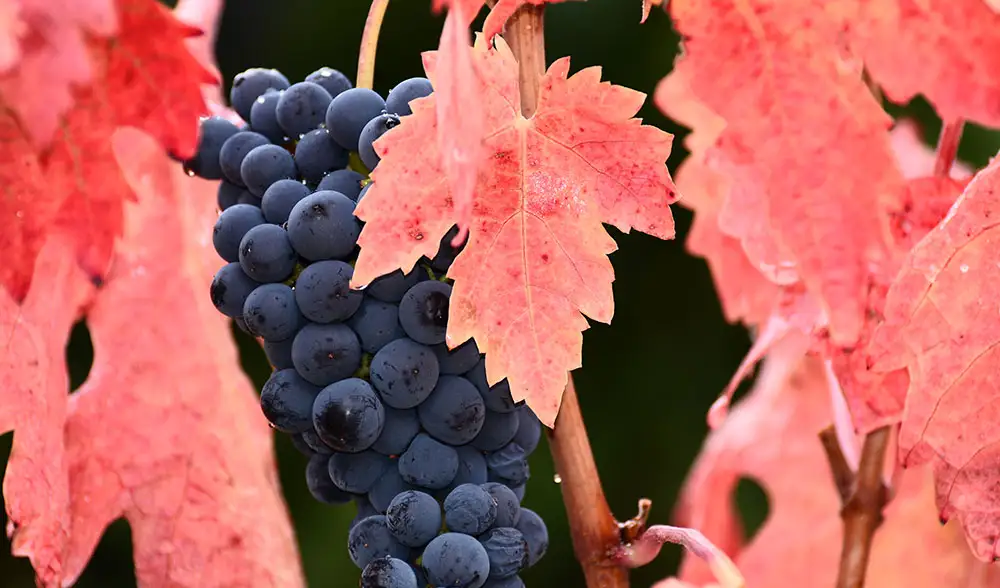
(*And to feed the discussion on “tinta de Toro” Bryan tells us that the vineyard he grows in Lanciego in the “Paraje de la Virgen” -a singular vineyard that gives its name to the wine that results from it-, “was planted just after the phylloxera (the official register indicates 1920, but it could have been earlier given the absence of a Regulatory Council at the time) and I think it could be one of the first to be planted after that. It is interesting because there is a mixture of varieties and even a mixture of clones within the same variety. Here, for example, I do not have the usual Tempranillo that is known in Rioja, but the one from Toro”. It seems that in certain areas of this denomination the sandy soil prevented the advance of the insect).
https://nuevecuatrouno.com/2022/09/13/diario-vendimia-el-restaurador-de-vinas-bryan-macrobert/
The book ends its celebration with a dinner party with friends at which three bottles of María 2009 were served. These were bought a few hours after the 2006 one in which the genie was travelling, and the difference in vintage is not very clear, except for the fact that the latter was to be the subject of a professional tasting in the same shop a few moments after the purchase, at which even María herself was present. I pass on to you the following details and tasting notes from their introductory brochure:
“2009 vintage: A vintage in pure riverside style.
A cold winter, a dry spring and a very hot and dry summer allowed a very healthy and non-interventionist viticulture.
From September onwards, cold temperatures at night optimised the ripening of the grapes at the tannic and aromatic levels.
A great vintage, ripe and complete, which allowed the grapes to fully express the virtues of our terroir.
“Tasting notes: Floral (violet), black fruit (black cherry, blackberry) with harmonious wood on the nose (marron glacé, caramelised nuts).
The powerful palate is tightened to the finish by the freshness of the limestone, with an almost salty touch on silky tannins reminiscent of the minerality of the plots of origin”.
In any case, this difference in vintages came in handy, as there were still a few bottles of María 2009 left at home, one of which we opened to toast, the whole family, to the success of the Alonso del Yerro family adventure, as well as to the success of our own Laventura.

Personally, I am more in the Machadian spirit of loving subtle worlds (“amar los mundos sutiles”), but I must add that at no previous time has this wine seemed to me as exceptional as in that toast, thirteen years after its bottling. Funny enough, the same length of time that passed for the Vega Sicilia tasting. Long life to wine and to all of us!

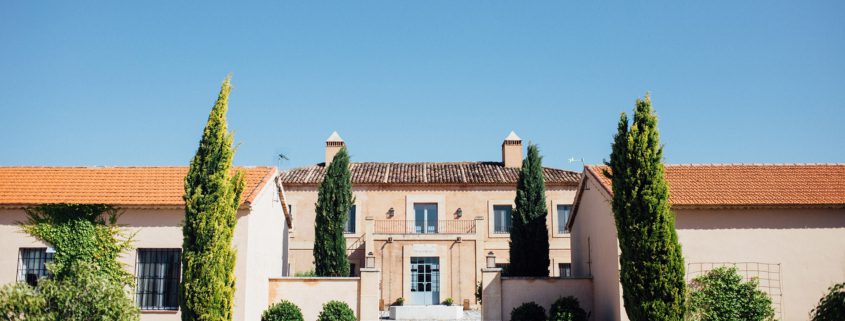



Leave a Reply
Want to join the discussion?Feel free to contribute!